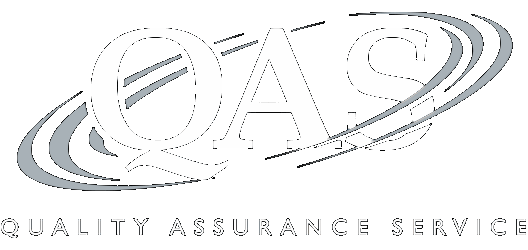Taxation of Intellectual Property: Classifying Intangibles, Determining Domicile, Holding Structures, Amortization
Note: CLE credit is not offered on this program
Recording of a 110-minute CPE webinar with Q&A
This webinar will explain the tax ramifications of creating, transferring, and holding intellectual property (IP) in the U.S. and overseas. Our panel of international tax experts will discuss appropriate holding entities, the U.S. international tax regimes as applied to IP, and transfer pricing considerations with an emphasis on minimizing tax and accelerating amortization and expense deductions.
Outline
- Definition of intellectual property
- Codified intangibles
-
- Patents
- Trademarks
- Copyrights
- Trade secrets
-
- Other intangibles
-
- Good will
- ii. Marketing
- iii. Workforce in place
- iv. Publicity rights
-
- Codified intangibles
- IP creation
- U.S. vs. non-U.S.
- Cost sharing
- Cross border tax implications
- Mobile income
- Choice of offshore domicile, patent box regimes
- U.S. international tax issues
- GILTI
- FDII
- Subpart F
- Super royalty provisions under Section 367(D)
- Transfer pricing considerations
- License or sale of IP
- Services
Benefits
The panel will review these and other critical issues:
- Tax treatment of intellectual property by type of property
- Tax considerations for self-created property
- Locating the intangible asset: U.S. or abroad
- GILTI and FDII taxation of intellectual property
- Choice of offshore domicile
Faculty

Stuart Anolik
Partner
FisherBroyles
Mr. Anolik has handled client matters involving international investment and finance, intellectual property migration,... | Read More
Mr. Anolik has handled client matters involving international investment and finance, intellectual property migration, transfer pricing, infrastructure project finance, mergers and acquisitions, and international taxation. These clients range from start-ups to Fortune 500 companies, on various international securities and transactional matters, including multi-jurisdictional acquisitions and dispositions of business; cross-border joint ventures; and securities transactions and financings for the U.S., European, Asian, and Latin American companies. In addition, he provides consulting services to high net worth individuals in regard to estate planning, wealth preservation, and asset protection planning.
Close
Kevin Jablonski
Partner
FisherBroyles
Mr. Jablonski is a registered patent attorney with a focus on patent portfolio development and patent prosecution. He... | Read More
Mr. Jablonski is a registered patent attorney with a focus on patent portfolio development and patent prosecution. He works with a number of clients across myriad technologies with a lean toward electrical engineering and computer science.Mr. Jablonski’s practice involves additional aspects of intellectual property law including IP licensing, copyrights, and trademarks. He is registered to practice before the United States Patent and Trademark Office and admitted to practice law in Washington State. Mr. Jablonski has experience in technology areas such as semiconductor design, analog and digital circuits, LTE Wireless, computer networking, digital communication systems, , computer-related business methods, interactive software solutions, aircraft manufacturing systems, IoT systems, and computer architecture solutions.
Close
